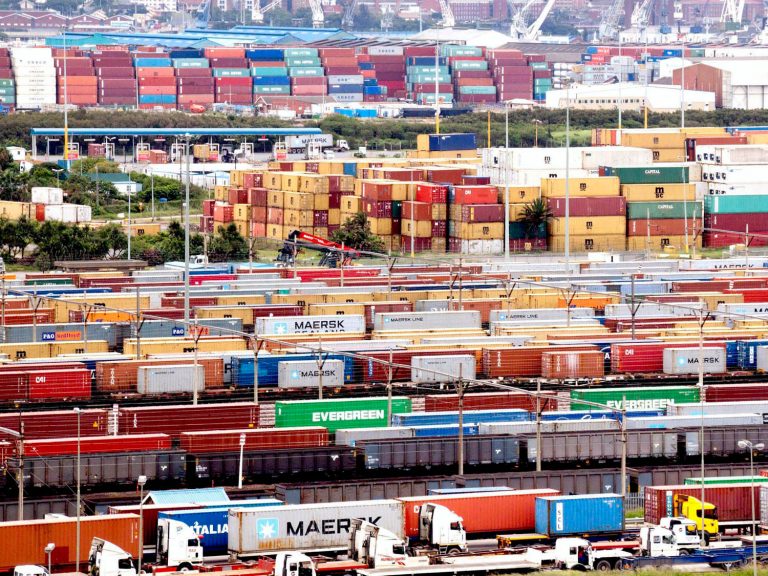
Date:
Hidden threat to exporters
As port congestion expands in India, and fears grow at ports around the world, exporters could face unexpected costs for undelivered cargo
In the UK, ports and port workers are essential, as are drivers and other participants in the supply chain. But even with the ports operating relatively normally, if importers fail to pick up containers, because their warehouses are full or they are closed, or because retailers have requested delayed deliveries, ports will start to run out of places to store incoming containers.
In the US, shipping lines and terminals are warning of imports piling up in the coming weeks and with huge backlogs of containers already building up at key Indian gateways, global supply chains could be facing an unprecedented crisis, if the hotspots of boxes piling up at ports, and container freight stations expands and spreads.
Extended stranding of these loaded containers present a potential double-whammy to exporters: the loaded containers are effectively removed from the supply chain, which will in short time create a shortage of equipment for exporters; and the same shortage of equipment could create liability issues with additional costs.
With many exporters contracting to sell their goods under the Carriage Paid To (CPT) Incoterm, they retain liability for them at destination, if if the consignee is unable or unwilling to accept the freight.
Under CPT the exporter delivers the goods to the carrier and assumes all risks, including loss, until the goods are in the care of the nominated party.
Destination costs and charges are not normally their issue or liability, but they will be if the consignee does not accept the freight, or has ceased trading.
The liability then, under bill of lading terms, comes back to the shipper, which could be a major problem if shipping lines start to implement their T&Cs due to port congestion.
Container ports globally are faced with imminent congestion as countless containers from factories in Asia arrive and it affects exporters if those containers are subsequently abandoned or start to hit storage and incur charges that the importers can’t pay.
